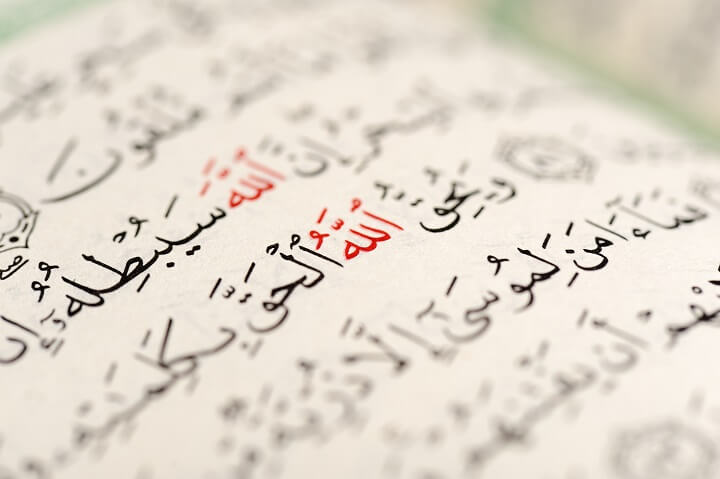Unveiling the Linguistic Beauty of Islam’s Sacred Text
Are you a non-native speaker eager to learn Arabic? Do you want to unlock a deeper understanding of one of the world’s most influential texts? If so, you’re in the right place.
For millions worldwide, the Holy Quran is more than a scripture—it’s a linguistic and spiritual masterpiece. Its words hold an astonishing power beyond their religious significance, captivating listeners with unique sounds and profound meanings.
What is the Word Quran? Unveiling Its True Essence
Let’s start with the very essence of our discussion: what is the word Quran means? The word “Quran” (القرآن), when written in Arabic, stems from the root verb “qara’a” (قرأ), which means “to read” or “to recite.” Therefore, the Quran means literally “the recitation.” This simple yet profound definition immediately highlights the oral tradition surrounding this holy book. It was primarily meant to be recited aloud, its verses chanted, and its sounds savored.
The Astonishing Sounds: A Symphony of Arabic Phonetics
One of the most immediate and captivating aspects of the Holy Quran is its sound. For those learning Arabic, the phonetics of the Quran offer a unique opportunity to immerse themselves in the richness of the language. The carefully structured verses, the elongation of certain vowels, and the precise articulation of consonants create a rhythmic flow that is both mesmerizing and emotionally resonant.
Even if you don’t understand every single word, listening to a recitation of the Quran can be an astonishing experience. The sounds themselves carry a profound weight, conveying solemnity, peace, warning, or solace. This is not accidental; the very linguistic structure of the Quran is designed to evoke specific feelings and emphasize particular messages through its auditory impact. Mastering the pronunciation of Quran words is not just about accuracy; it’s about connecting with this intrinsic beauty.
Unlocking the Meanings of Quran: A Journey of Discovery
While the sounds are captivating, the true depth lies in the meanings of Quran verses. For non-native speakers, understanding these meanings is a journey of incredible discovery. The Arabic of the Quran is classical Arabic, rich in nuance, layered with multiple interpretations, and steeped in cultural context.
Exploring the Quran words and meaning reveals a vast spectrum of topics: from divine unity and moral guidance to stories of prophets, laws for a just society, and reflections on the natural world. Each word is carefully chosen, often carrying multiple layers of significance that unfold as you deepen your study of the language and its cultural context.
For instance, consider the word “Rahman” (الرحمن) or “Rahim” (الرحيم), both often translated as “Merciful” or “Compassionate.” While similar, their subtle differences in grammatical form convey varying aspects of divine mercy – one encompassing and universally applied, the other specifically extended to believers. This level of linguistic precision is what makes understanding the meanings of Quran so rewarding.
Why Study the Words of the Holy Quran?
For students of Arabic, engaging with the Holy Quran offers unparalleled benefits:
- Immersion in Classical Arabic: It provides a foundational understanding of classical Arabic, which is crucial for appreciating Arabic literature, poetry, and historical texts.
- Deep Cultural Insight: The Quran is inextricably linked to Arab and Islamic culture. Understanding its words and meanings provides invaluable insight into the values, traditions, and worldview shaped by its teachings.
- Enhanced Pronunciation and Fluency: Regular engagement with Quranic recitation can significantly improve your Arabic pronunciation, intonation, and overall fluency.
- Spiritual and Intellectual Enrichment: Beyond language acquisition, delving into the Quran words and meaning offers a profound opportunity for spiritual growth and intellectual stimulation.
- Why Studying The Qur’an In Arabic Can Improve Your Language Skills
Begin Your Journey Today! Learn Arabic with Kaleela
Your journey to understand the Holy Quran is a rewarding one, whether you are drawn by its astonishing sounds or its profound meanings. Our website helps non-native speakers navigate the beauty and complexity of Arabic. We make the Quran’s timeless wisdom and linguistic artistry accessible to you.
Ready to explore the words of the Quran and unlock their profound significance? Learn Arabic with Kaleela and start your learning journey with us today to discover the captivating world that lies within this sacred text.



